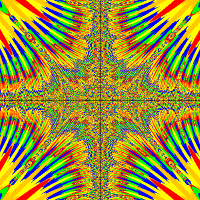I have two questions here.
1. I'm taking year 11 and 12 advanced maths at the moment, and am learning about coordinate geometry (finding a gradient, distance, midpoint for lines as well as identifying parallel and perpendicular lines). I'm not really enjoying it, but I realize it may come in handy for Greenfoot programming. Can you think of any possible uses for coordinate geometry? I could really use the motivation.
2. Is it possible to store voids as values? For example, creating an array that holds voids, or parsing a string to a void.




